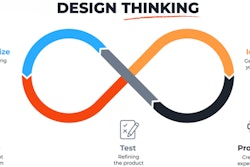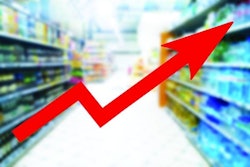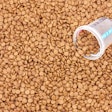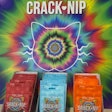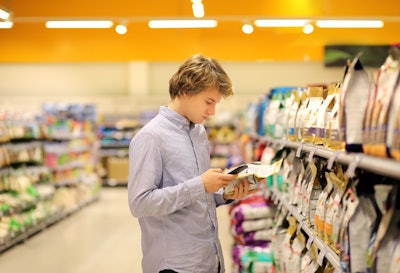
In the wake of several years of inflation and other economic disruption, many consumers worldwide have become more price conscious, and that may be affecting their brand loyalty. In a recent global survey by NielsenIQ (NIQ), 62% of respondents said they are willing to try a new brand at a lower price, while 36% said a lower price might persuade them to switch from their usual brand to try a new one.
“The concept of brand loyalty is often measured by how willing shoppers are to stick to their brand choice despite a competitor offering a lower price. In today’s price-driven economy, loyalty isn’t as clear cut,” said Lauren Fernandes, vice president, marketing & communications, NIQ.
The same likely holds true for pet owners when it comes to pet food brand loyalty: not clear cut. Yet other consumer data from the U.S. may provide some clues to which pet owners are most brand loyal.
Bigger picture: Branded consumer goods vs. private label
One factor behind a potential decline in brand loyalty relates to the rise of private-label consumer goods and their increasing quality. NIQ data also has shown that 72% of high-income U.S. shoppers believe private label is a good alternative to national brands; 27% of U.S. consumers named opting for private label as a saving strategy (along with switching to a lower-priced option, stocking up when a preferred brand goes on promotion, buying whatever brand is on promotion and shopping more often at lower-priced stores).
All of that probably contributes to a 14% market share for private label products in the U.S. in 2023. Worldwide, private label accounted for 19.4% of total sales of fast-moving consumer goods (pet food falls into that broad category), with Western Europe leading the way with a 36% private label share. “The gap between private labels and name brands continues to close, and it paints the picture of how fundamentally different the brand playing field is today,” Fernandes of NIQ said.
U.S. pet owners love their preferred pet food brands
So do pet owners share these same sentiments and buying behaviors? The recent data available is for the U.S. and mirrors other data released during and since the pandemic, most notably by the American Pet Products Association. That is, most pet owners, at least in the U.S., tend not to switch from their preferred pet food brands even in these inflationary times.
In a pet owner survey conducted in spring 2024 by the Cleveland Research Co.’s (CRC) Pet Insights Council, only 15% of respondents said they have not only considered switching to a cheaper pet food to save money, but in fact did so. Meanwhile, 34% said they considered switching but decided not to. The majority, 51%, said a flat-out no; they will not switch their pets’ food. (Claire Obertin, market research associate with CRC, shared this data during a Petfood Forum 2024 presentation.)
Further, 83% of these U.S. pet owners said they have a preferred brand of pet food, more than for any other type of pet product. The next closest were cat litter (72%), toys (71%) and pet furniture and beds (70%). Interestingly, only 51% claimed to have a preferred brand of pet treats.
When CRC asked the pet owners to rate a variety of factors on a 1 to 5 scale in terms of being most important or influential when shopping for pet foods/consumables (with 1 being not at all important, 5 being extremely important), brand as a factor increased in importance over the previous year. For all categories — total pet owners, dog owners, cat owners, small animal owners — brand ranked sixth in importance among a list of 16 factors, behind quality, health and nutrition, ingredients, value (price plus quality) and price.
Yet … private label pet food sales growing, too
Of course, it’s important to remember that the U.S. is a developed pet food market, with an overall economy more affluent than that of many other countries and regions. Also, some signs are indicating that not all U.S. pet owners will — or are able to — remain loyal to pet food brands no matter the price.
A previous CRC survey, conducted in the fourth quarter of 2023, showed price as still the most important factor when purchasing any pet product (not just pet food); brand ranked first only for high-income pet owners, according to Obertin during a March 2024 webinar.
Other data have shown growing private label pet food sales, too; in 2023, they increased 25.6% in the U.S., according to the Private Label Manufacturers Association, though that accounted for only 3.3% of overall U.S. pet food sales.
Bottom line: Pet food shoppers do seem more brand loyal than consumers in general, but there likely are limits that may have not yet been crossed.
